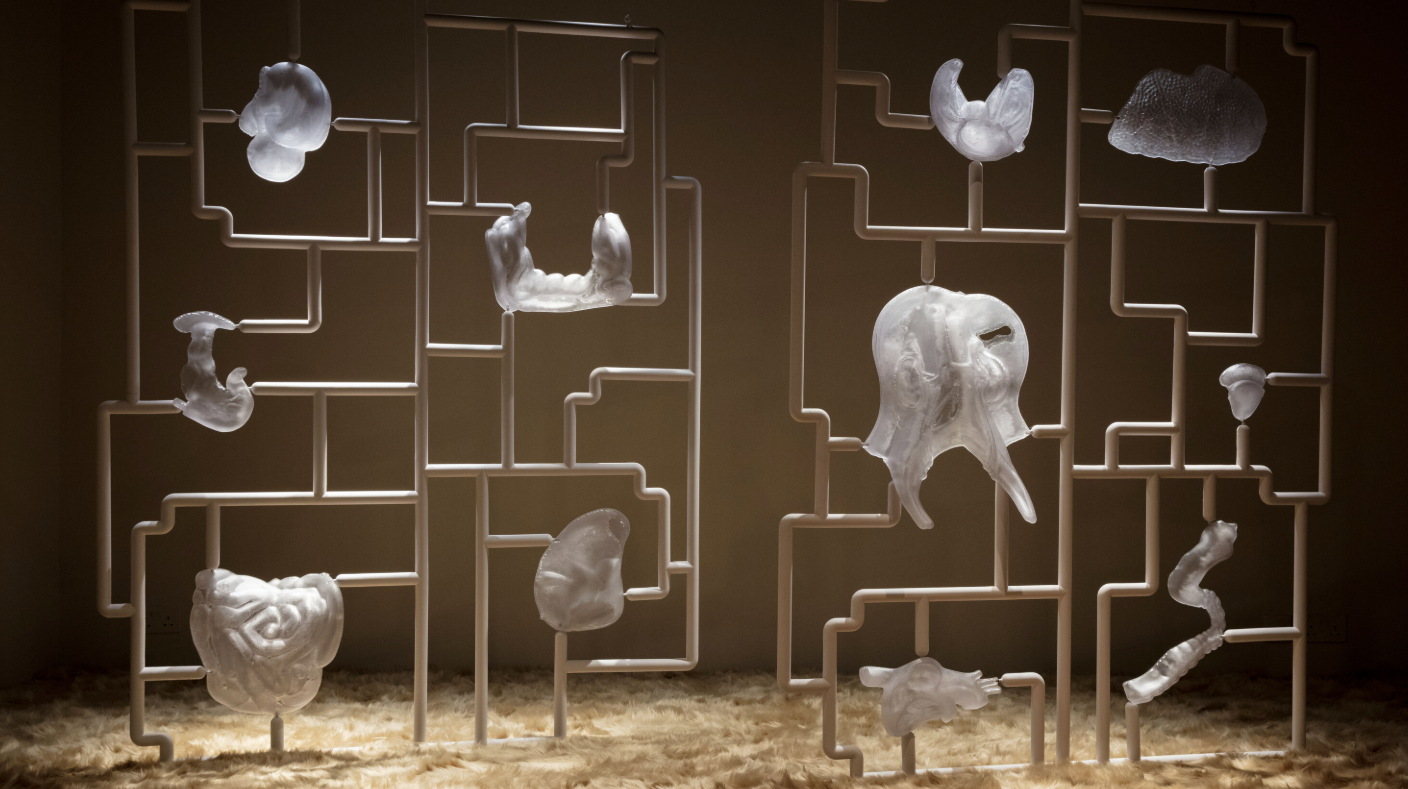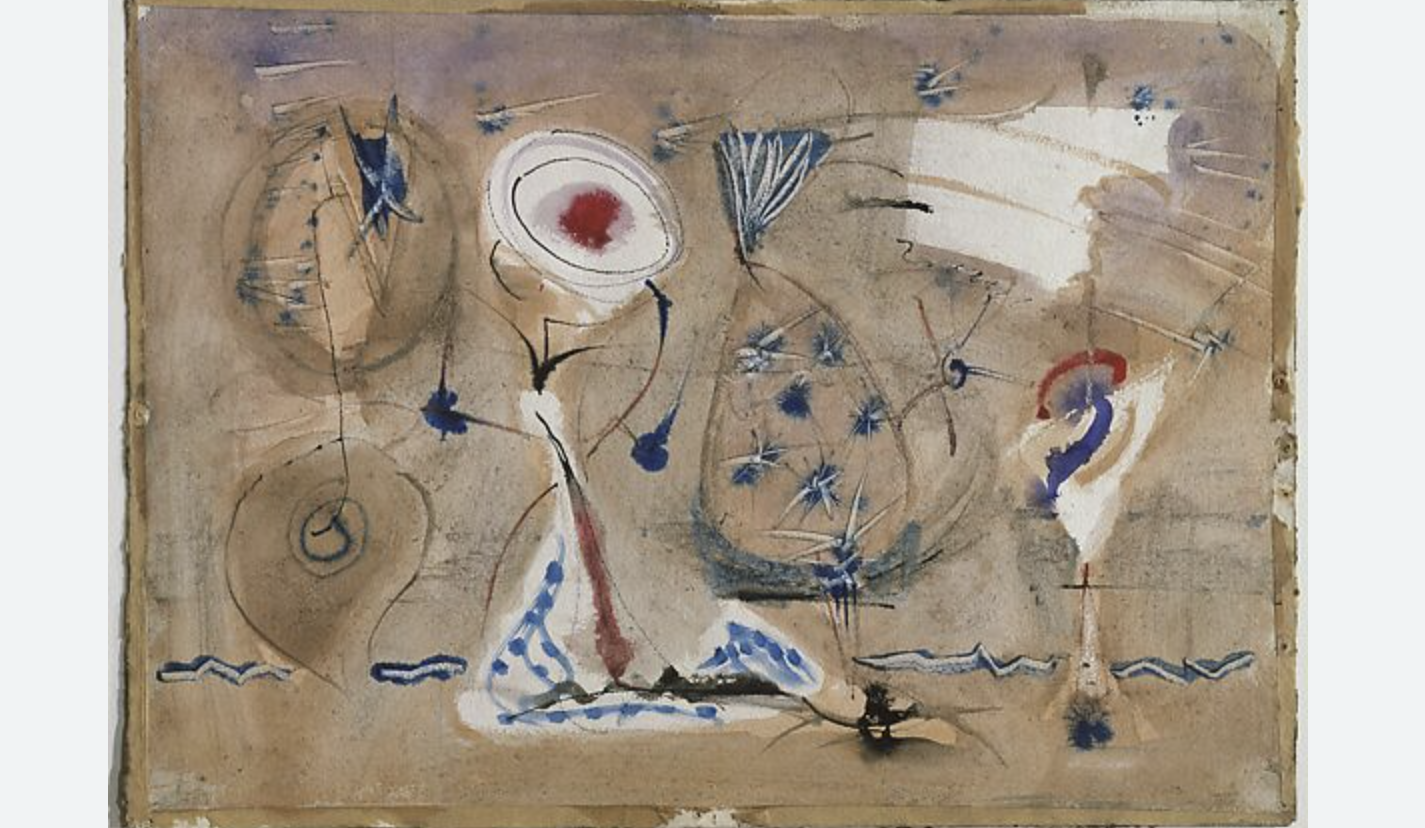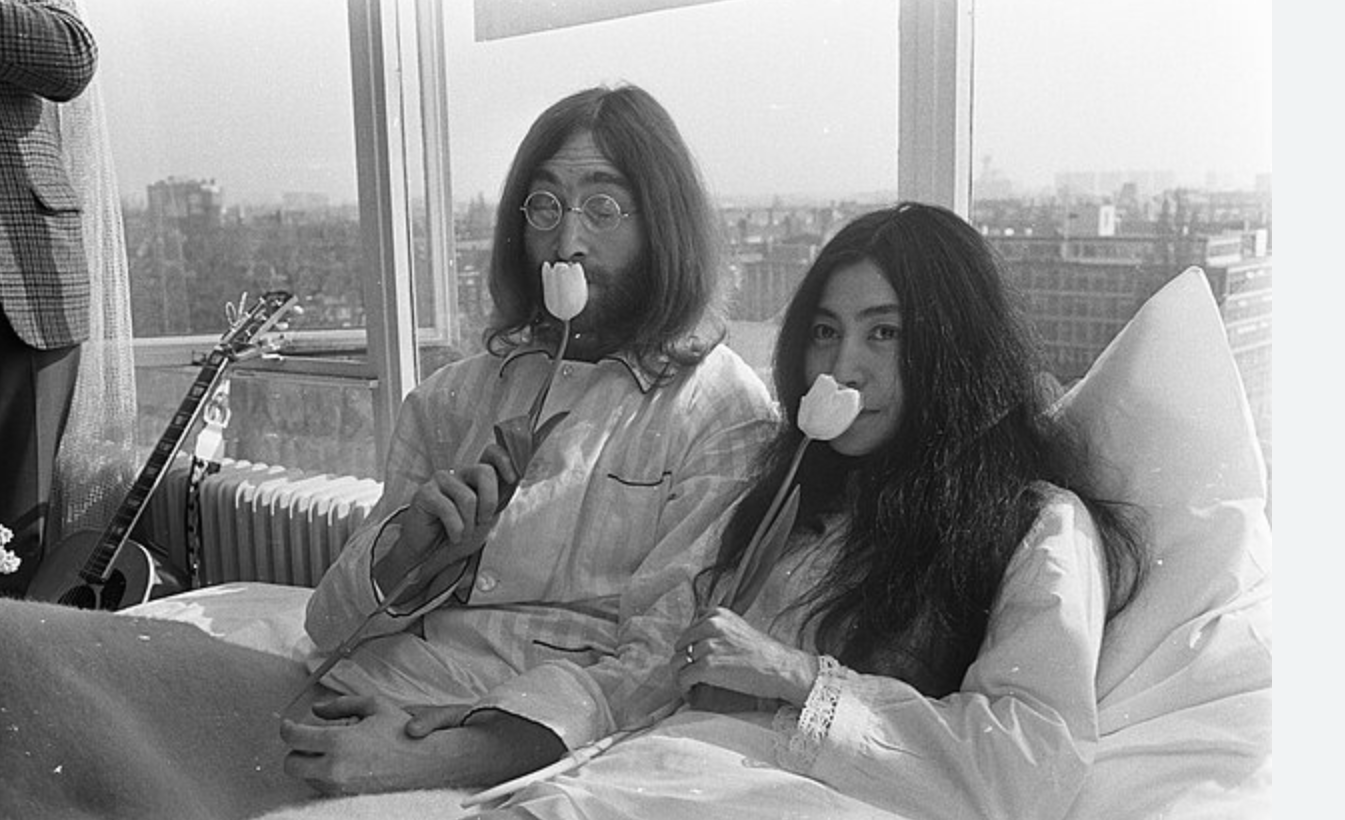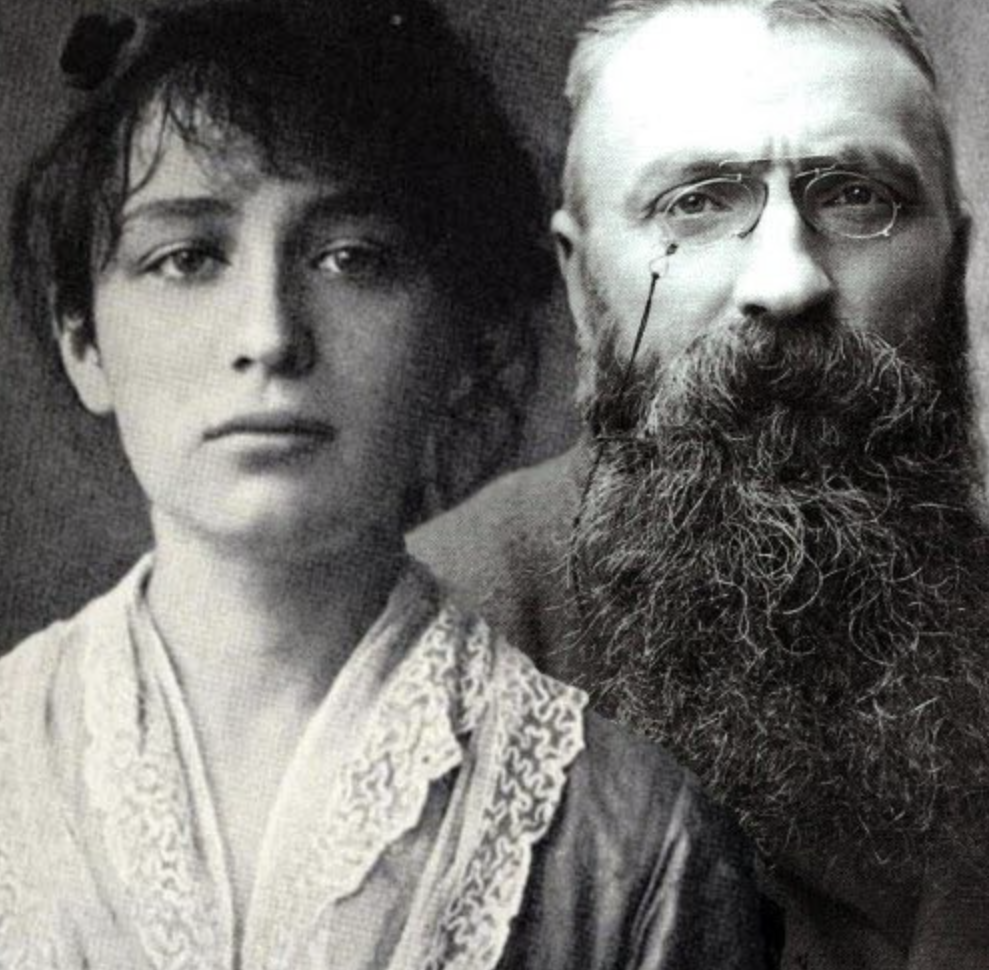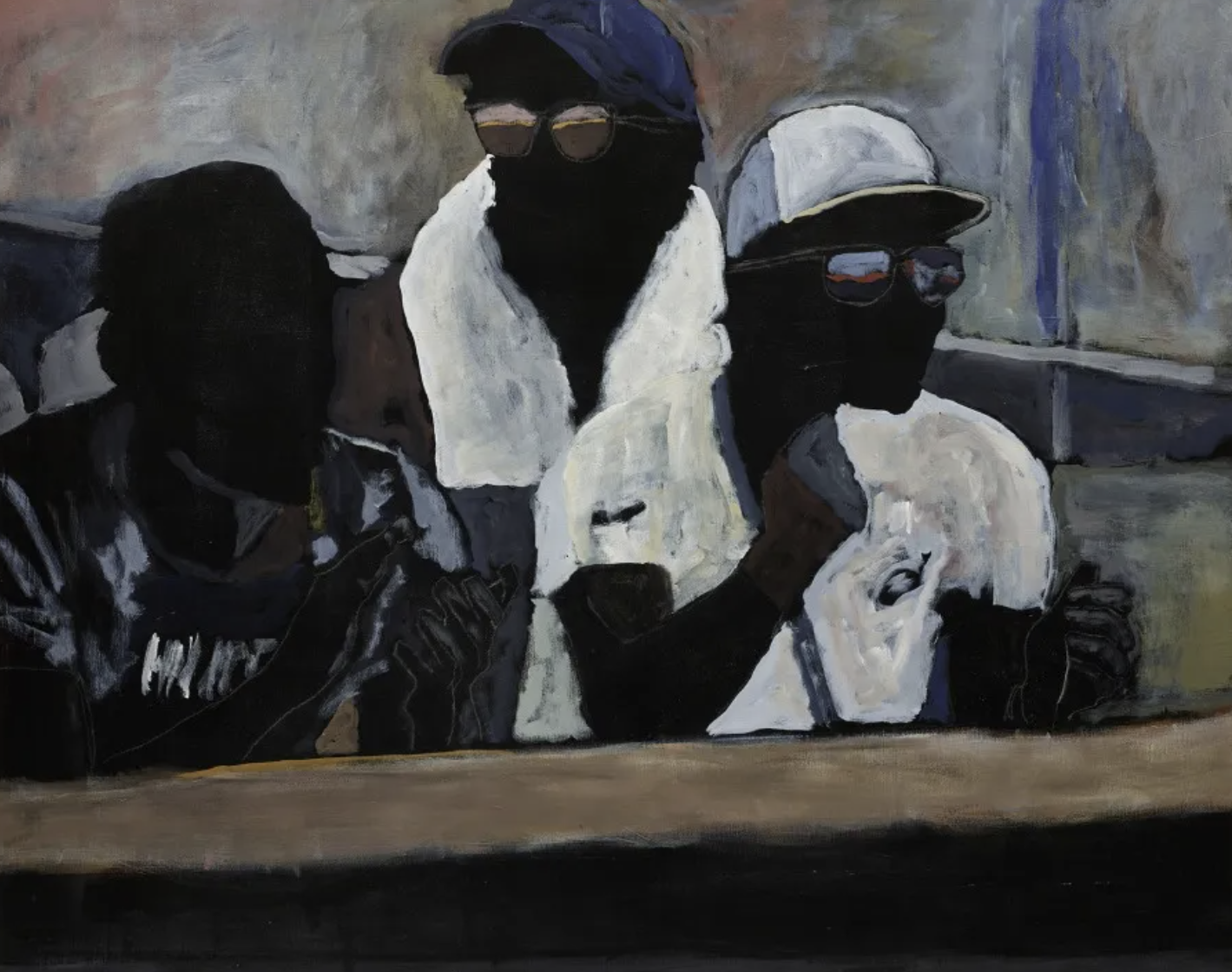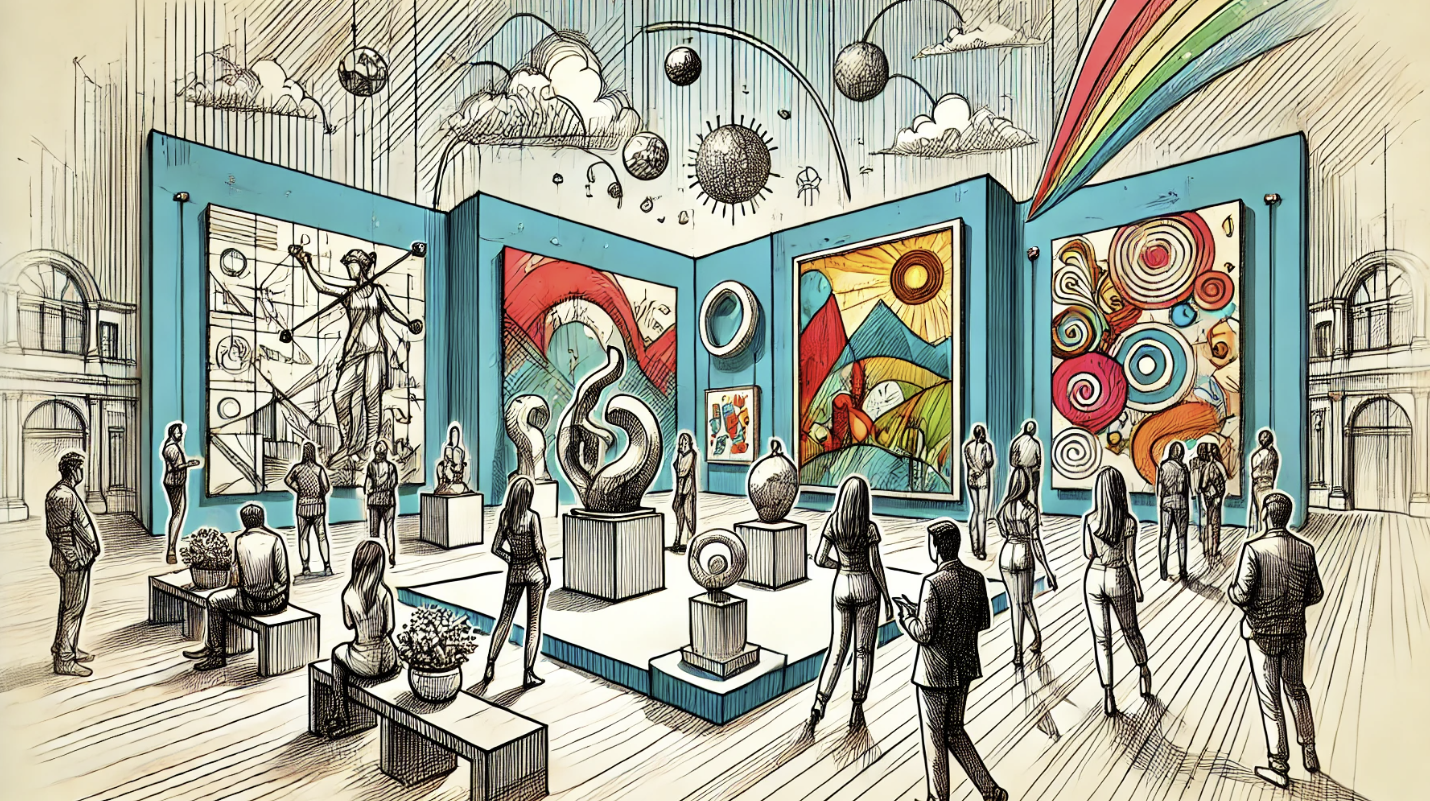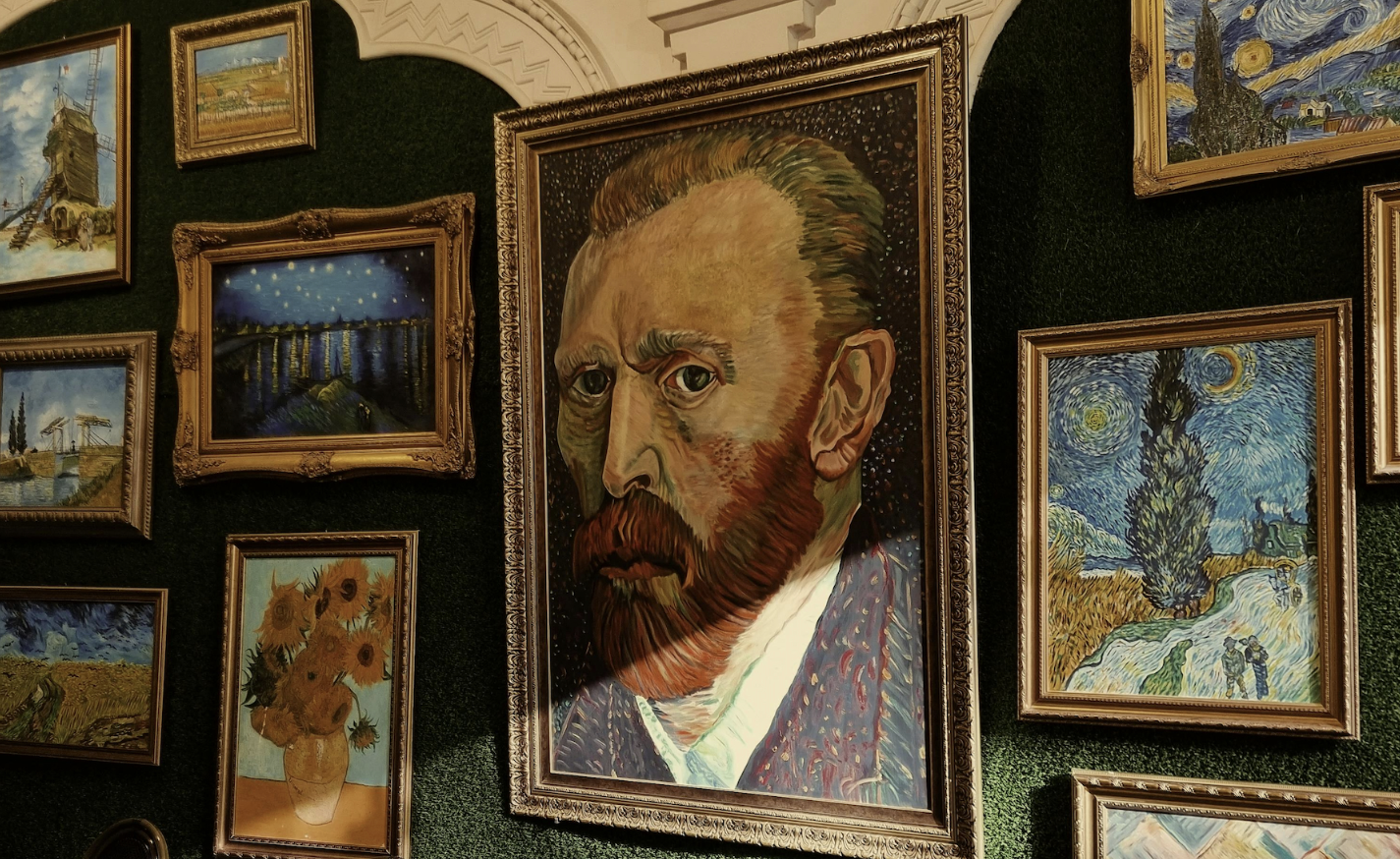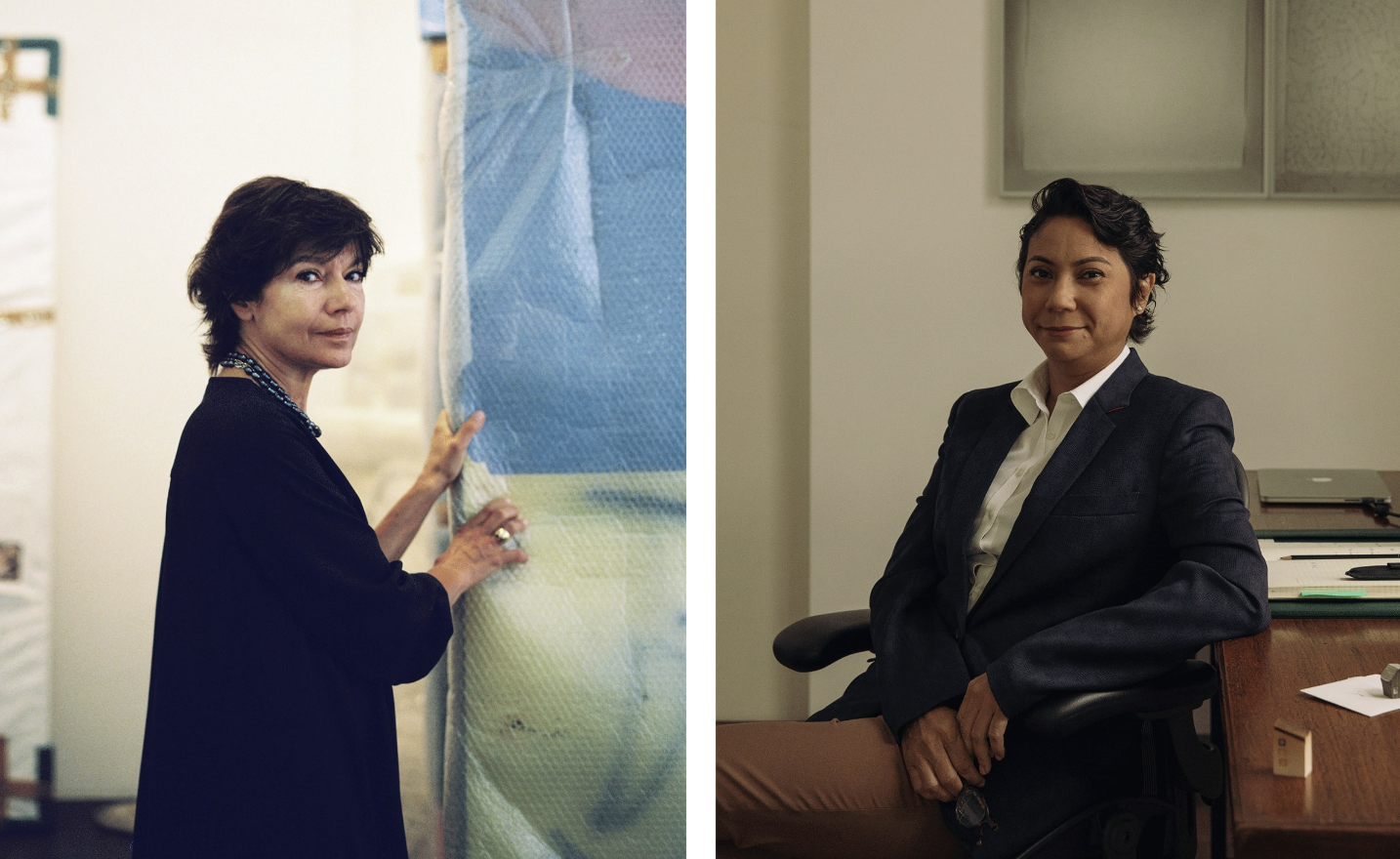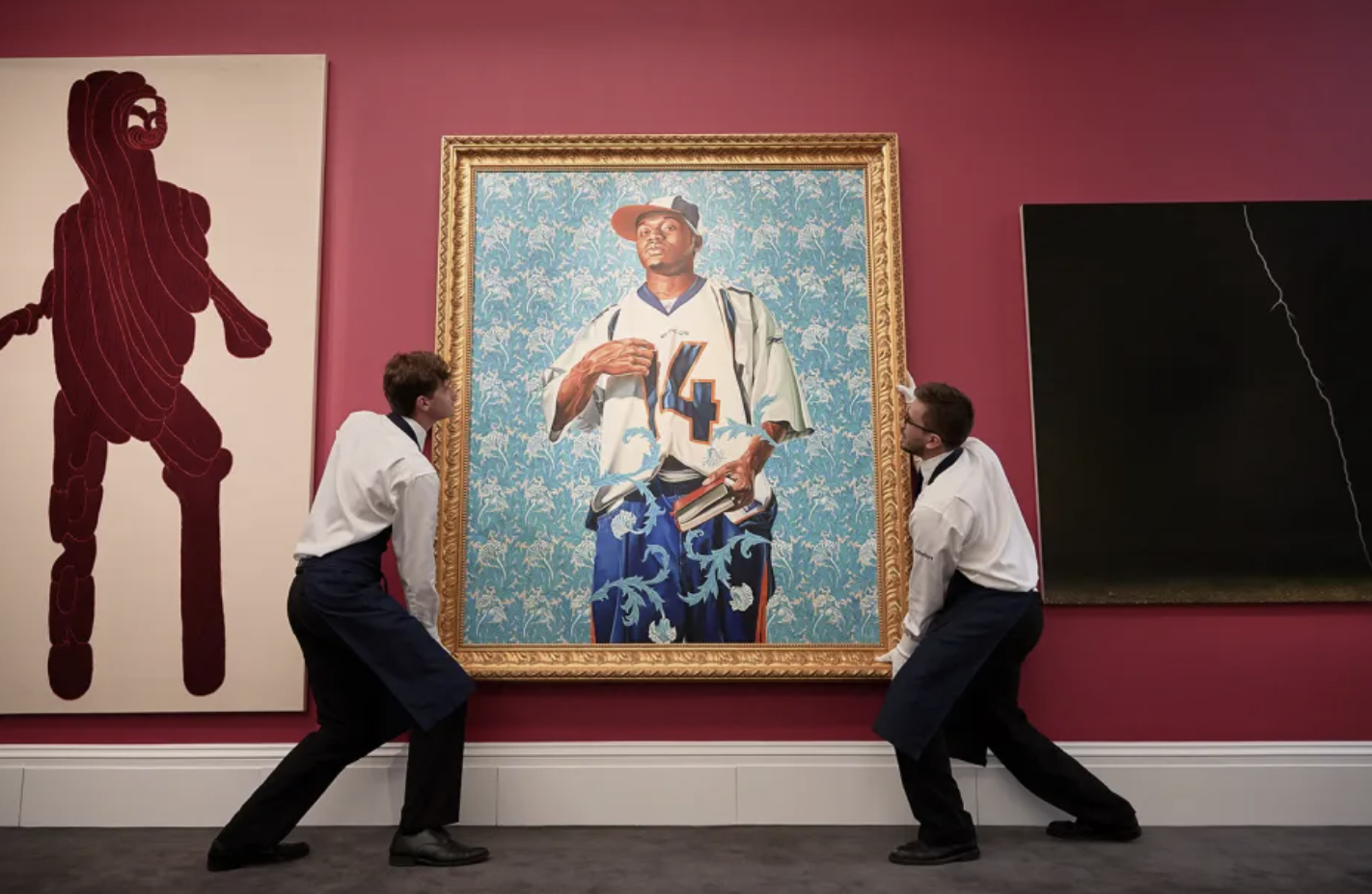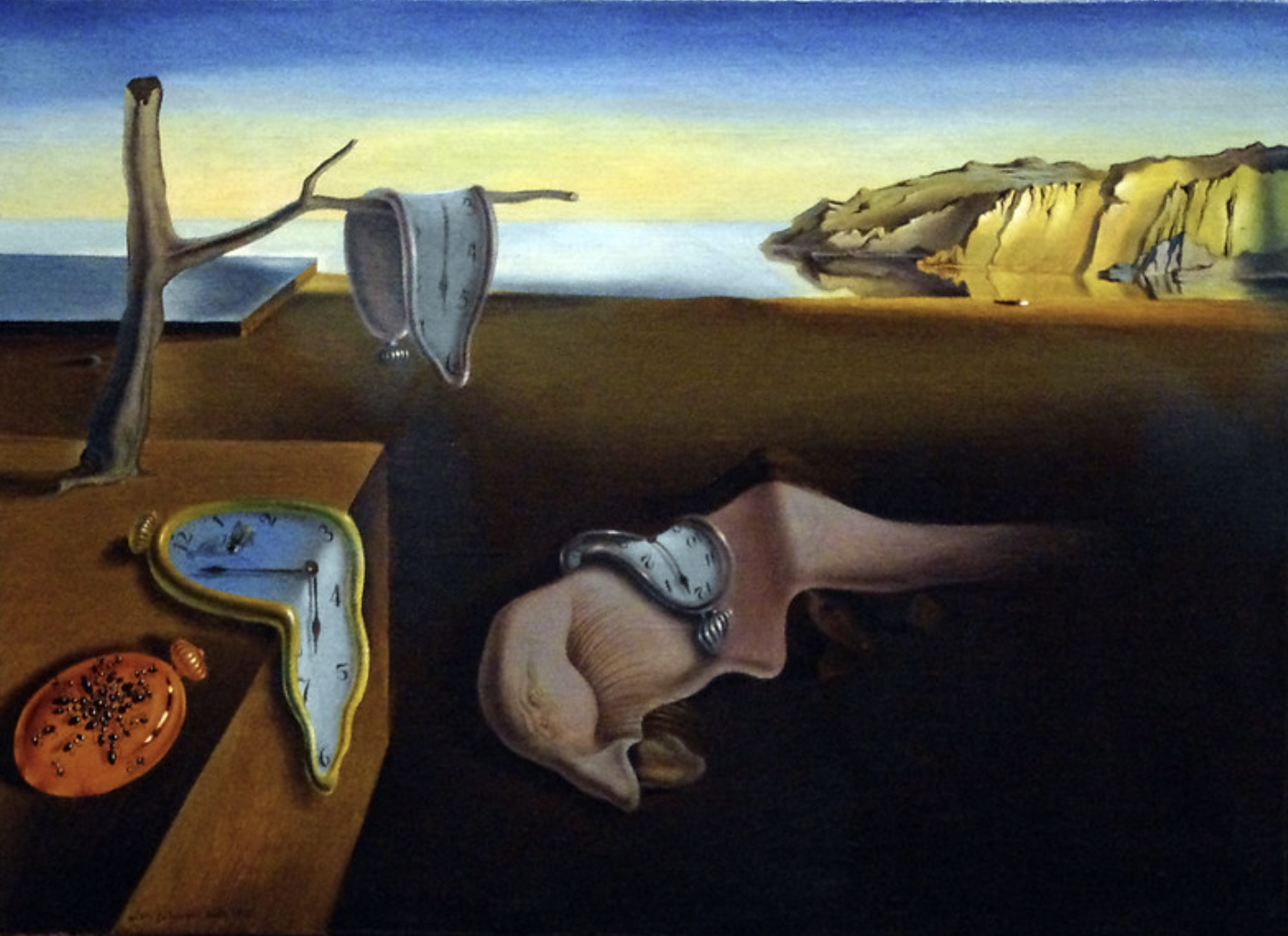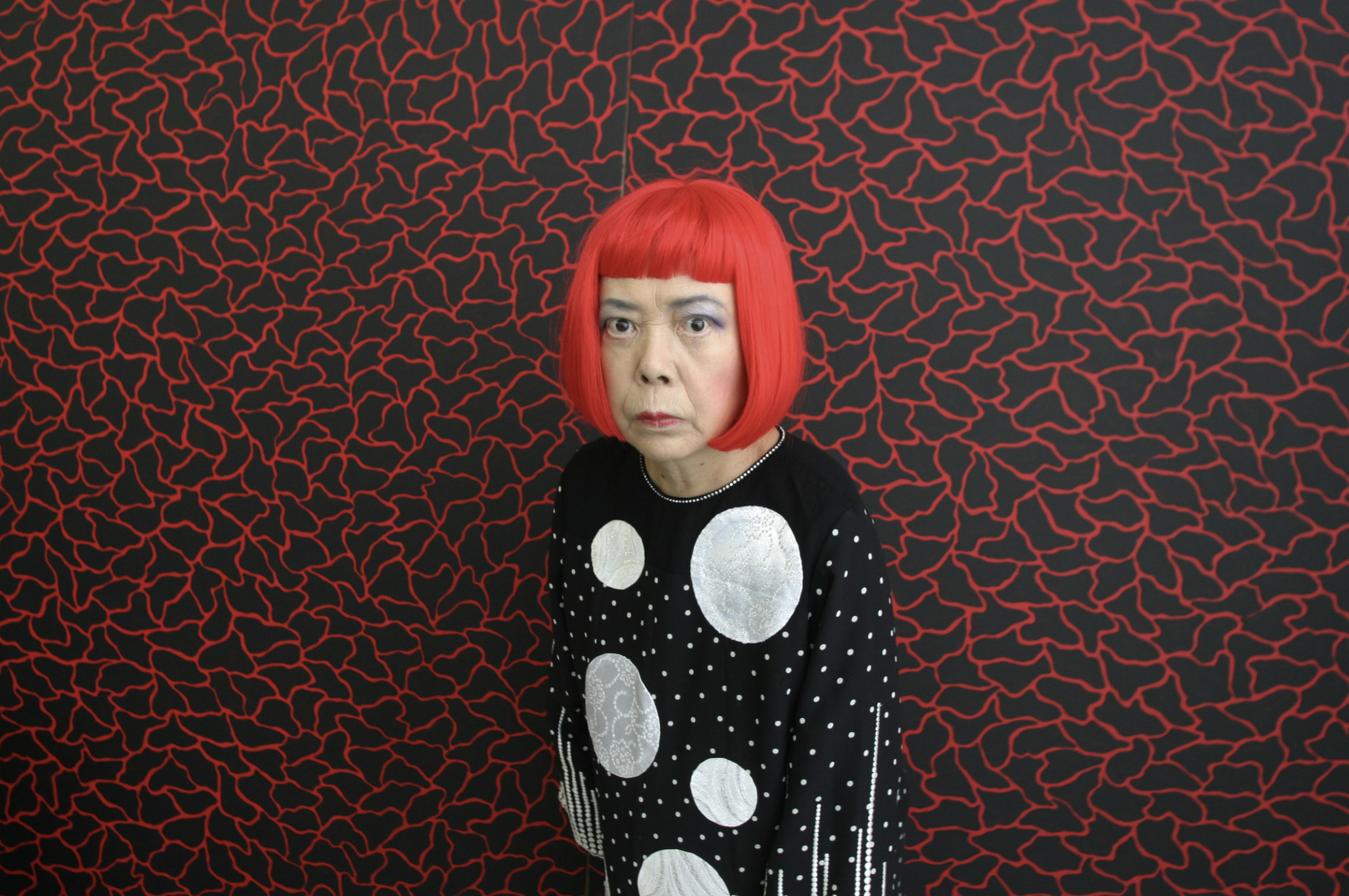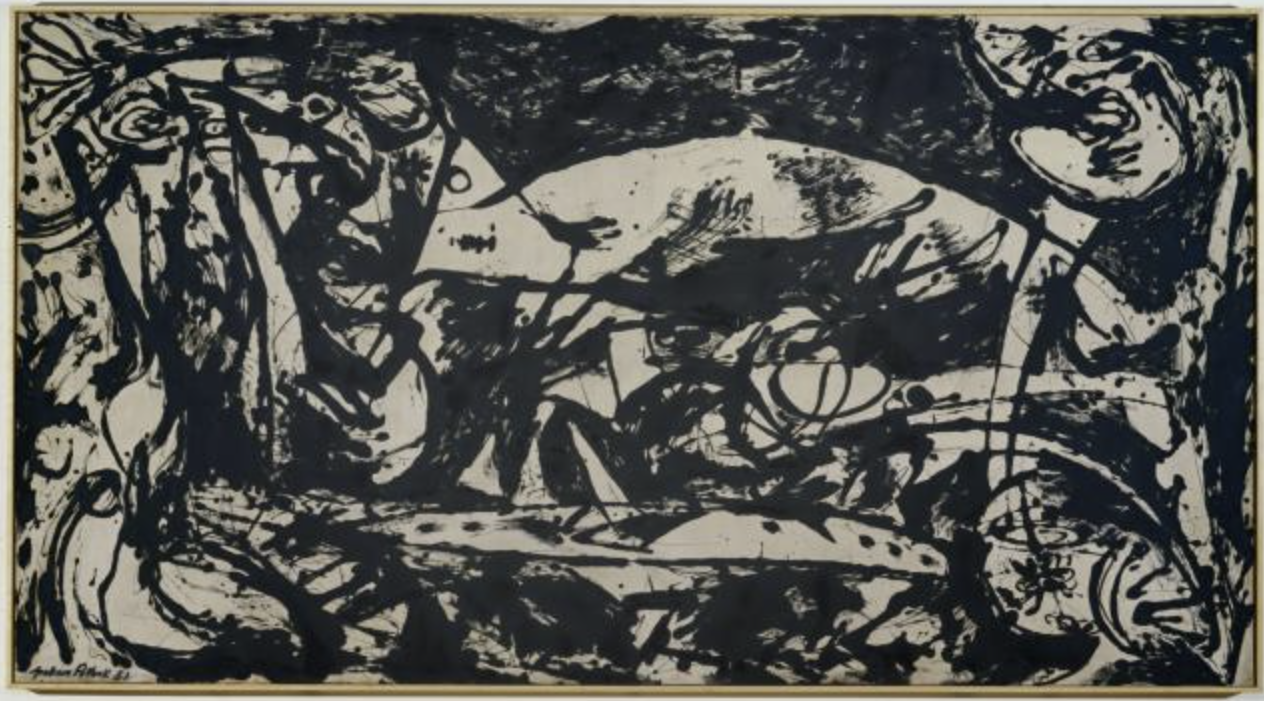
Jackson Pollock, born in Cody, Wyoming in 1912, became a key figure in the rise of American Abstract Expressionism. Known for his groundbreaking technique of “action painting,” Pollock revolutionized the art world with his emotional and physical approach to canvas.
After moving to New York in 1930, Pollock began his formal art training at the Art Students League, where he studied under the tutelage of Thomas Hart Benton. He also took sculpture courses and worked on public murals. Though initially interested in more traditional art forms, Pollock’s troubled nature and struggles with alcohol eventually led him to explore more unique, personal styles of expression. A deep connection to Native American art, influenced by his upbringing in Arizona, would shape his work in profound ways.
By the early 1940s, Pollock was exhibiting his pieces in Manhattan. In 1945, he married fellow artist Lee Krasner, which marked a pivotal moment in his personal and professional life. By 1947, Pollock was fully immersed in the Abstract Expressionist movement, gaining recognition for his innovative drip paintings. His masterpiece, No. 5, 1948, remains one of his most famous works, representing the peak of his creative expression.
Pollock’s life was tragically cut short in a car accident on August 11, 1956, but his influence as a trailblazer in the art world lives on through his expansive body of work.
No. 5, 1948: A Revolutionary Artwork
Created in 1948, Pollock’s No. 5 stands as a prime example of his revolutionary technique. The large 8ft x 4ft canvas was covered with an intricate web of black, white, gray, red, and yellow oil paint. Pollock’s use of dynamic, energetic brushstrokes captures the viewer’s attention, drawing them into a web of interwoven color and emotion. The piece’s sprawling, chaotic energy reflects Pollock’s own emotional turmoil, inviting the observer to become lost in the movement of the paint.
Unlike traditional painting, which focuses on subject and form, No. 5 is more about the experience of the painting itself. It is as if the artist has laid bare his internal struggle and emotions directly onto the canvas, creating an artwork that is as much about the physical process of creation as the final image.
The Record-Breaking Sale of No. 5, 1948
No. 5 is not only a masterpiece of artistic technique but also a record-breaking piece in the art market. In 2006, the painting was sold privately for a staggering $140 million, setting a new record for American art at the time. The sale, led by Sotheby’s auctioneer Tobias Meyer, eclipsed the previous record set by Gustav Klimt’s Portrait of Adele Bloch-Bauer I at $135 million.
The painting was originally owned by Samuel Irving Newhouse Jr. and was later sold to music mogul David Geffen before being acquired by David Martinez, an executive in the financial sector. While its current owner remains unclear, the sale of No. 5 is one of the most talked-about events in art sales history.
The Evolution of Abstract Expressionism
American Abstract Expressionism emerged in the post-World War II era, with artists embracing new forms of creative expression. Pollock, along with artists like Mark Rothko and Willem de Kooning, became synonymous with this movement. It was marked by large, bold canvases and an emphasis on the physical act of painting.
One of the defining techniques of Abstract Expressionism was drip painting, which Pollock famously mastered. This technique involves dripping or pouring paint onto a horizontal canvas, allowing the artist to engage with the work physically and emotionally. Pollock’s vigorous movements and the energetic application of paint conveyed a sense of spontaneity and raw emotion, which became a hallmark of his work.
While other artists like Joan Miró and Francis Picabia had experimented with similar techniques, Pollock’s execution was unmatched. His innovative use of this style made him a central figure in the movement, earning him the nickname “Jack the Dripper.”
The Technique of Drip Painting
Drip painting is an expressive and dynamic technique in which paint is dripped or poured onto a canvas laid flat on the ground. Pollock’s approach to drip painting involved more than just random splashes of color; it was a controlled chaos where each stroke was part of a larger, deliberate composition. His use of different colors in layers created a sense of depth and movement that is still studied and admired today.
Pollock preferred pouring the paint over dripping because it allowed him more freedom of movement and a greater connection to the work. He described his method as “active” and “fluid,” which gave him the freedom to move around the canvas, almost as if he were dancing with the paint. This technique helped define the Abstract Expressionist movement, with Pollock’s paintings acting as an embodiment of the artist’s physical and emotional presence on the canvas.
The All-Over Painting Style
Pollock’s works from the late 1940s and early 1950s, including No. 5, are often categorized as “all-over paintings.” This style eschews a central focal point or traditional composition. Instead, the entire canvas is treated as a unified surface, with the paint covering the space in an even, all-encompassing manner.
The “all-over” technique reflects the importance of process in Pollock’s work. The canvas was not just a surface for paint; it was a space where the artist’s physical gestures became as important as the final result. Pollock’s use of this method highlights the significance of body movement in creating abstract art, aligning with the broader goals of Abstract Expressionism, which focused on expressing internal states and emotions rather than external realities.
Legacy and Influence
Jackson Pollock’s work continues to have a profound impact on contemporary art. His innovative techniques and emotional intensity have inspired generations of artists, and his name remains synonymous with the Abstract Expressionist movement. Pollock’s ability to merge technique with emotion transformed how art was perceived and made, solidifying his place as one of the most important painters of the 20th century.



